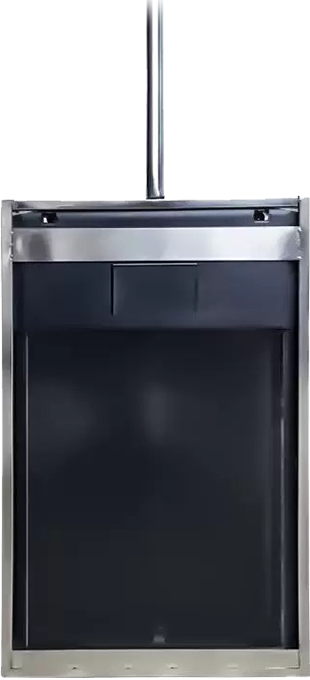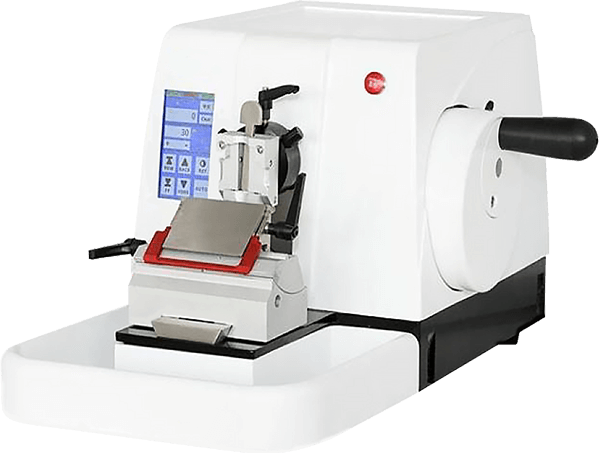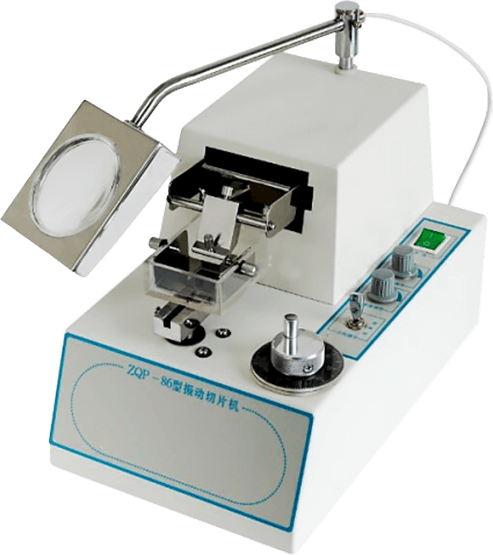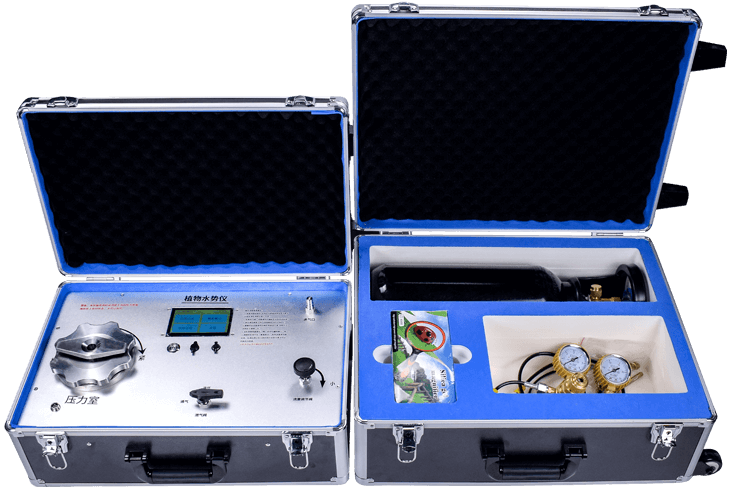
Plant Disease Diagnostic Instrument
- Product Number:LD-ZWB
- Product Difference:Collect roots, stems, leaves, and fruits from various plants to assess the severity of plant diseases
Product Introduction
Bacteria, fungi, and viruses are the primary causes of crop diseases. These pathogenic microorganisms typically infect plants through stems, leaves, roots, fruits, and other parts. While most diseases are relatively easy to control during their initial stages, they are often difficult to detect. Once established, disease control becomes challenging and less effective, leading to reduced yields or even total crop failure. Detecting and promptly controlling diseases during their early stages is crucial for preventing their spread.
Detecting plant diseases involves complex chemical and physical processes. Moving from laboratory research to practical application has long been a goal. Plant disease diagnostic instruments can rapidly analyze and identify various crop diseases. They provide scientific theoretical support for disease control and pesticide application, offering significant convenience to farmers and growers.
Plant disease and pest diagnostic instruments operate based on biophysical principles. Typically, healthy plant membranes maintain a potential around -50 mV, with extracellular membrane resistivity at approximately 10⁵ Ω/cm and membrane capacitance consistently around 1 μF.
When crops become infected, this inevitably leads to changes in molecular vibration spectra and an increase in membrane potential. Different pathogens cause distinct variations. Based on this principle, the instrument utilizes electrical conductivity and optical diffraction methods to identify the specific type and category of disease. This technology represents a global first in its field.
Product Features
LED display provides rapid results with continuous testing, delivering clear and immediate detection outcomes.
Supports diverse sample collection, including roots, stems, leaves, and fruits from various plant species.
Integrated thermal printer automatically prints test results.
Product parameters
| Testing Principle | Ultra-high brightness cold light source reflection measurement principle |
| Testing Speed | 60 samples per hour for single-item testing, Continuous testing: 120 samples/hour |
| Recording Method | Thermal printer output |
| Display Method | 240×60 dot matrix LCD display |
| Recording Paper | Thermal paper, 57mm |
| Operating Environment | ① Operating Temperature: 0°C–40°C, ② Relative Humidity: ≤85% RH, ③ Keep away from strong electromagnetic interference sources and avoid direct exposure to strong light |
| Power Supply | AC 220V ±10%, 50Hz ±2Hz |
| Power Consumption | ≤30W |
| Net Weight | ≤3kg |

 +86 19353291814
+86 19353291814
 +86 19353291814
+86 19353291814



